Windows Mixed Reality vs. Oculus Rift: Which should you buy?
Is Windows Mixed Reality really the best option for VR?
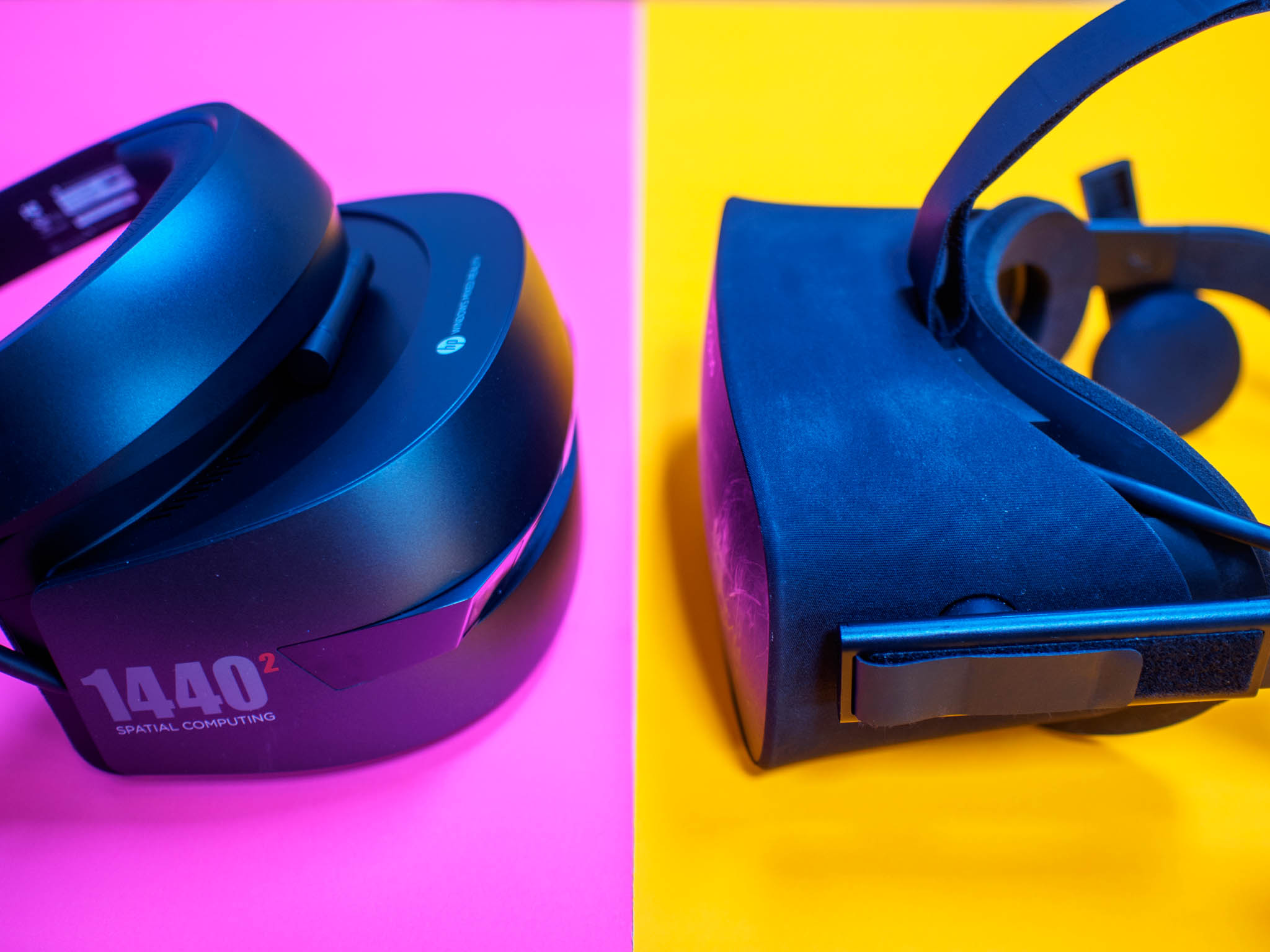
Oculus Rift was the first VR headset that many people got their hands on, but Windows Mixed Reality (WMR), released just over a year later, is proving itself as a worthwhile alternative. There's a wide selection of WMR headsets to choose from that range in price, making it more accessible, but the Rift does have a huge library of games and experiences that only comes with time. Not sure which is the best for you? Let's break it down!
Windows Mixed Reality vs. Oculus Rift ports and space
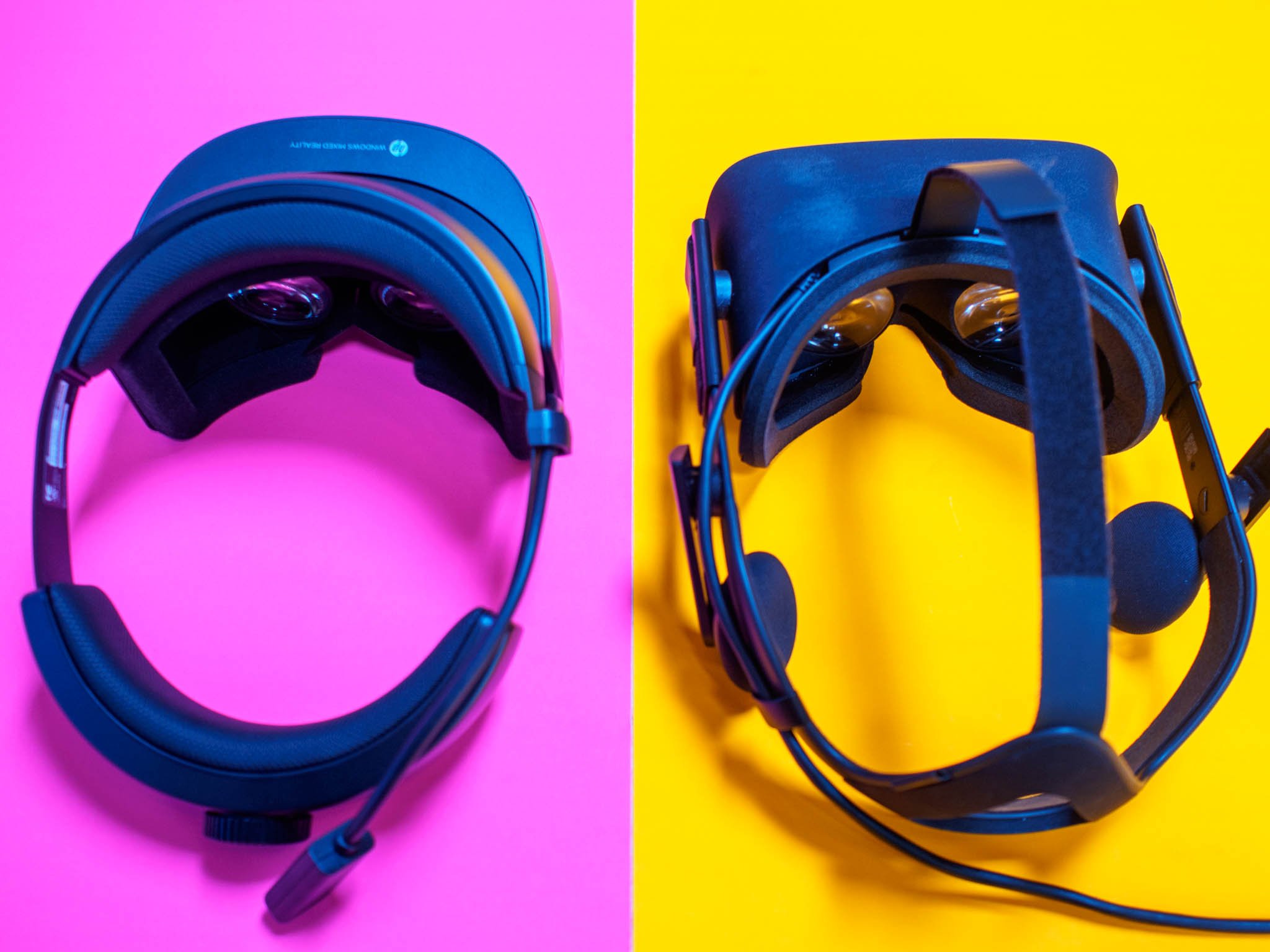
We already know quite a bit about the hardware between these two headsets, so lets to a quick recap to get everyone on the same page.
- Most WMR headsets have a noticeably higher resolution (1,440 x 1,440 x 2) than the Oculus Rift (1,080 x 1,200 x 2). The Samsung Odyssey has a resolution of 1,440 x 1,600 x 2, putting it closer in line with the HTC Vive Pro.
- The minimum system requirements for WMR seem lower than Oculus Rift, but Windows Mixed Reality Ultra PCs are nearly identical to Rift-ready PCs.
- Oculus includes headphones along the rails of its headset, while WMR headsets have headphone jacks. The Samsung Odyssey does also have built-in headphones.
- WMR headsets are easier to put on or share with others, but the Oculus Rift moves around on your head a lot less while playing.
HTC Vive, Oculus Rift, and Windows Mixed Reality system requirements
The important difference between these two platforms from a hardware perspective is the setup process. When setting up a WMR headset, you connect a single HDMI cable and a single USB-A 3.0 cable to your PC, you connect motion controllers with Bluetooth, and you're ready to go. Oculus Rift uses those same cables for the headset, but you then need an additional USB port for each of the sensors needed to "see" the headset and controllers in VR.
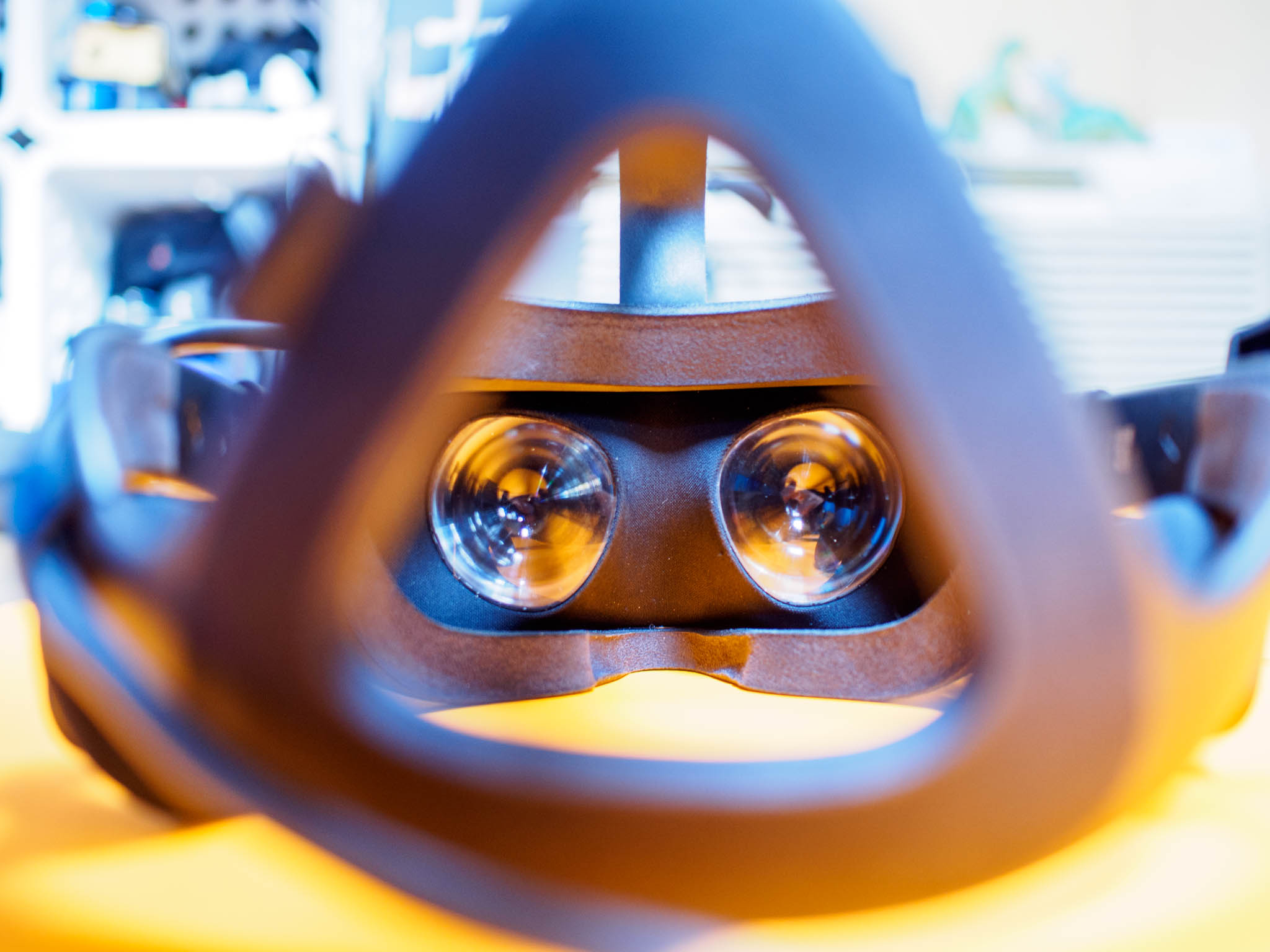

Out of the box you have two sensors for Oculus Rift, which is enough for most spaces. If you have a bigger room and want to make sure there's no tracking loss when turning around, you need a third sensor. That means you need four USB-A ports and an HDMI port on your PC, which is more than your average gaming laptop has available without a hub of some kind. Clearly, Windows Mixed Reality is more convenient in most cases.
During setup, both systems allow you to choose a sitting or standing-only setup, making it simple for those who won't be moving around while in VR. In this case, WMR asks you to look around while it scans your surroundings before dropping you into the Cliff House. In the Rift's case, setup is nearly as easy, though you have a few extra hoops to jump through to ensure the external sensors are tracking properly.
Windows Mixed Reality vs. Oculus Rift motion controllers
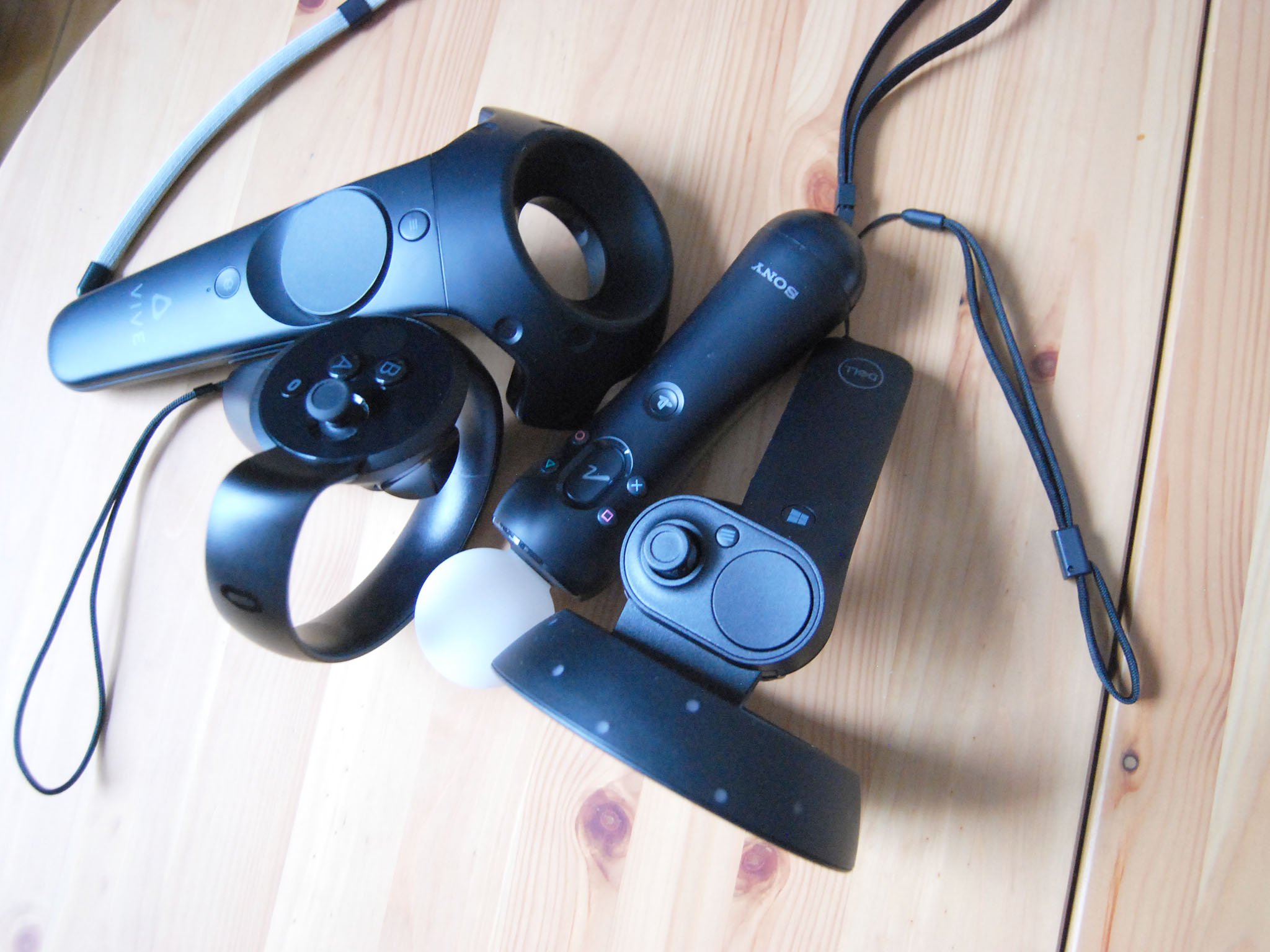
Motion controllers play a huge part in a quality VR experience, and both systems have options. Oculus Touch was carefully engineered to fit your hand comfortably and offer full touch sensitivity, meaning individual fingers are tracked separately, allowing for gestures. They're likewise sturdy and track exceptionally well, especially with a three-sensor setup.
Get the Windows Central Newsletter
All the latest news, reviews, and guides for Windows and Xbox diehards.
WMR controllers are definitely a bit clunkier, though they're comfortable when used for long periods of play. They're extremely easy to set up, and for the most part, they track well, at least until you get into frenetic play. At that point, the two cameras on the front of the headset can have a hard time keeping track and you'll see disembodied hands floating or flying away. Overall, Oculus Touch wins, but the WMR controllers put up a good fight.
How WMR motion controllers compare to the competition
Windows Mixed Reality vs. Oculus Rift game exclusivity
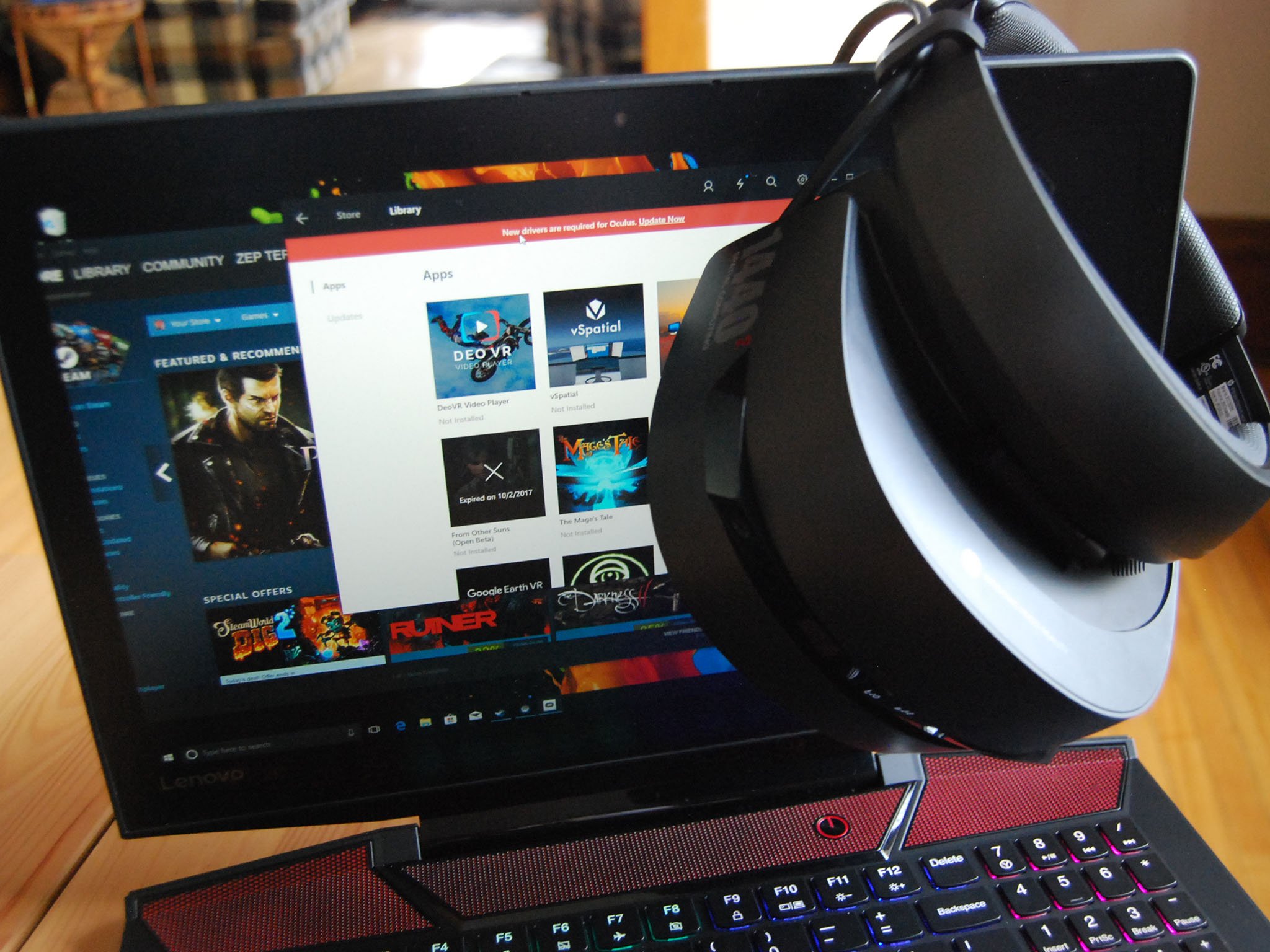
One of the big things that Oculus has over WMR is games. Yes, the Microsoft Store has a small but quality selection and SteamVR integration means you have access to most VR titles published there, but Oculus has some knockout exclusives, like Robo Recall, Lone Echo and Echo Arena.
Oculus has put an end to the 'no games for VR' argument
There is luckily an unofficial way to get Rift games working on WMR, but it does take a bit of time and know-how to get it all set up. If you're interested in dabbling with the crossover program called Revive, be sure to check out our step-by-step guide.
How to play Oculus Rift games on Windows Mixed Reality
So how does Microsoft catch up in the exclusive arena? At first, it was believed that Xbox would play a big part in WMR, but that no longer really seems to be the case, at least from the perspective of most VR enthusiasts who were hoping to hear some related news at E3 2018. Microsoft undoubtedly has the resources to fight a content fight, but WMR, thanks to that SteamVR integration and unofficial methods of making exclusive Rift games playable, seems more poised to be a cheaper and more convenient option to the other PC-based VR headsets on the market.
Windows Mixed Reality vs. Oculus Rift price
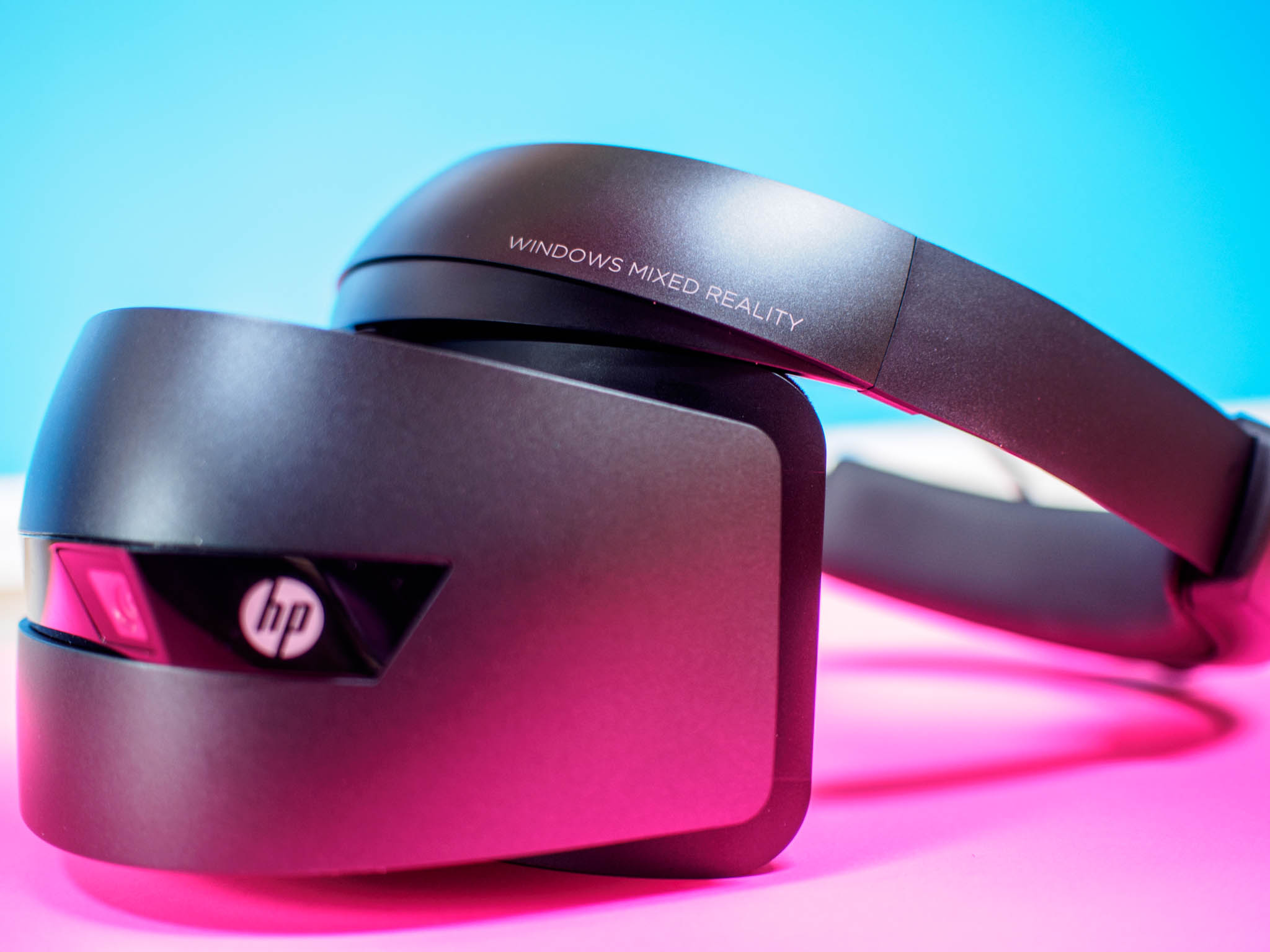
When WMR was announced, Oculus Rift and HTC Vive were expensive headsets with expensive accessories. Several price drops later, Oculus has made sure competing on price is much less of a problem. You can now get a Rift and Touch bundle for about $400, which is not a bad price for what you're getting.
WMR headsets range in price depending on the manufacturer and the retail outlet, but you can expect to pay anywhere from about $260 for the Acer headset up to about $500 for the Samsung headset. These bundles have everything you need for a quality VR experience, including motion controllers.
Which should you buy?
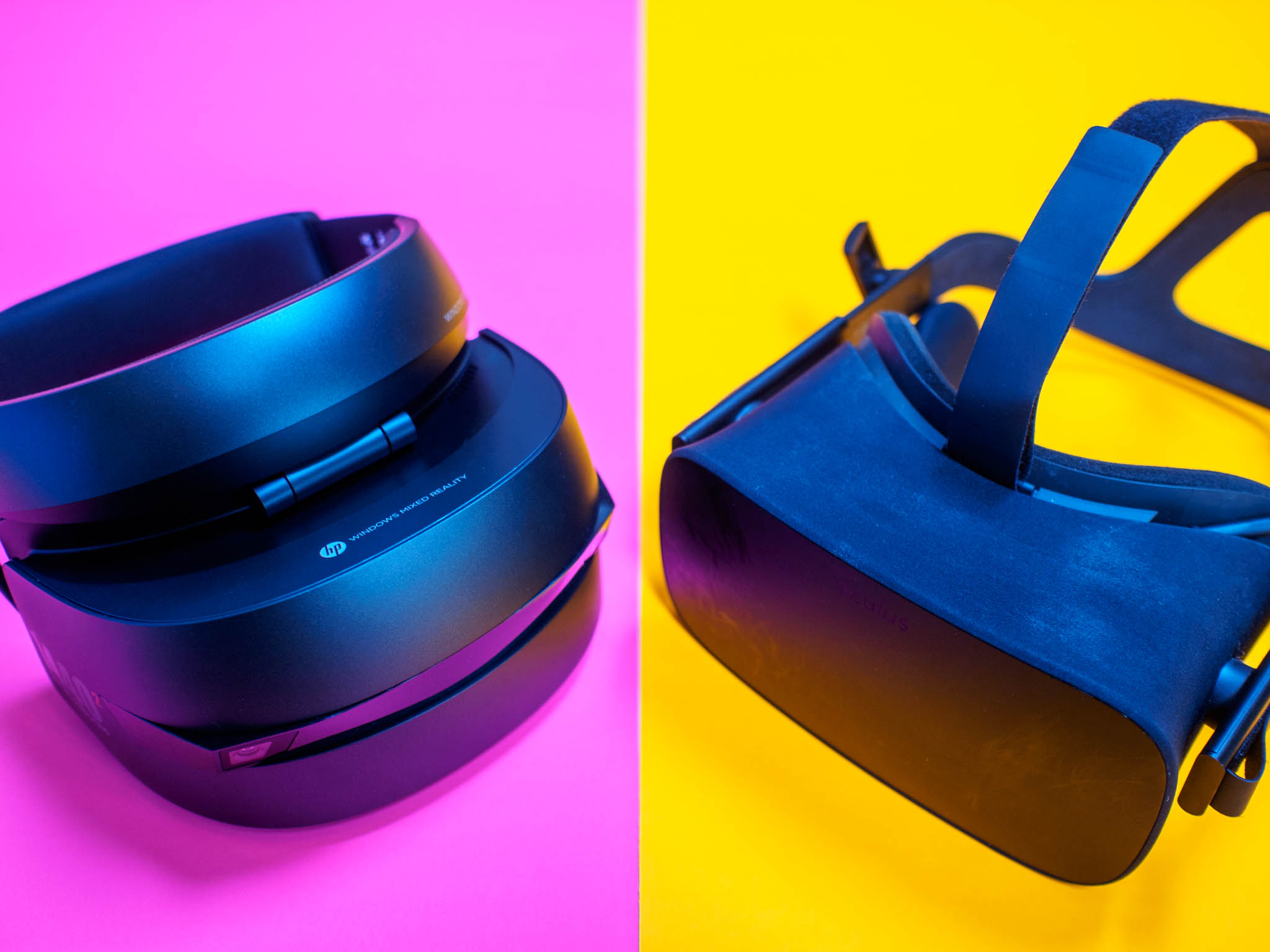
If you're eager to get into VR and check out some quality games, these two options are incredibly compelling. Oculus Rift has a lot of polish and a lot of great games, but WMR headsets can be had for quite a bit cheaper and do offer an excellent experience. If you want some exclusive games right now without any extra hassle, Oculus Rift has you covered, but WMR is kind of like a multipurpose tool that can be used across platforms (with the right tinkering).
On the other hand, if an easy setup and undemanding port needs are more what you're looking for, WMR will do you well. Head on over to our WMR headset comparison to get an idea of what each individual headset has to offer.
Updated June 27, 2018: We refreshed this article to ensure you're still getting up-to-date information about WMR and Oculus Rift.
Russell is a tech nerd who chases the best of everything, from phones to game consoles to laptops and everything glowing or beeping. He's the Managing Editor of gaming content for Mobile Nations and can be found contributing to all of the Mobile Nations sites. Reach out on Twitter!

